Breaking News
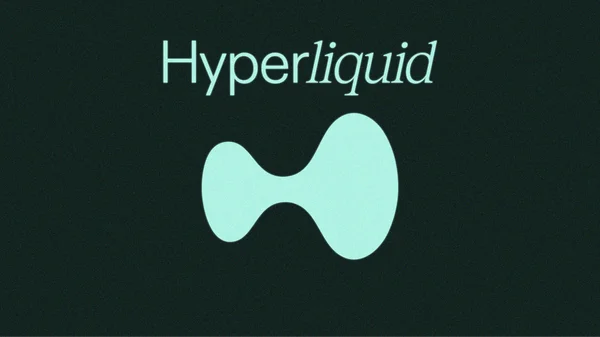
Popular News
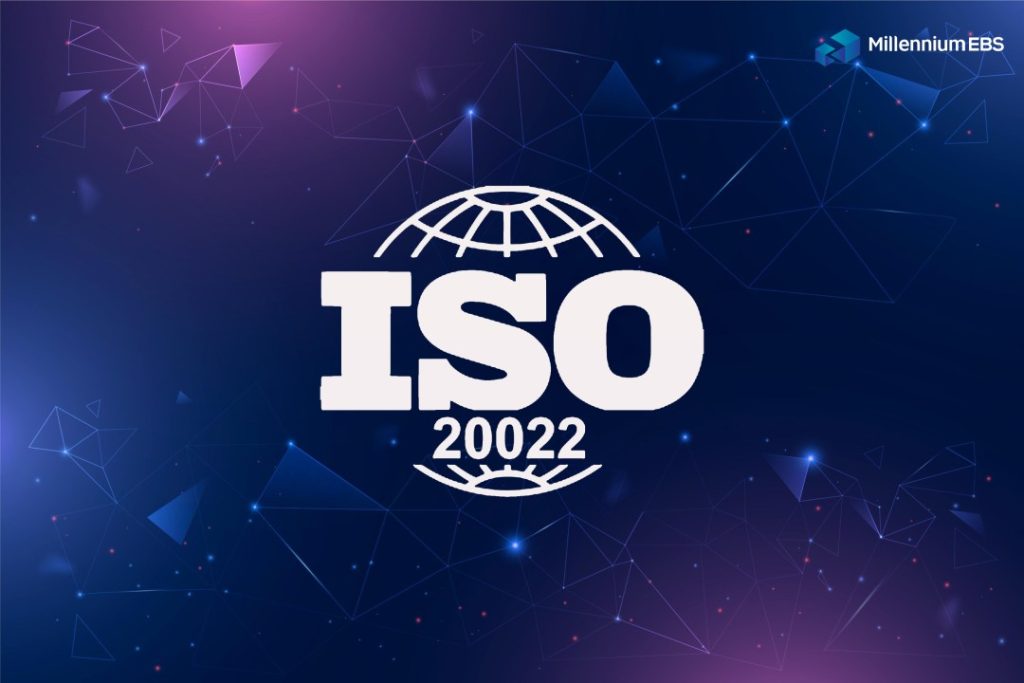
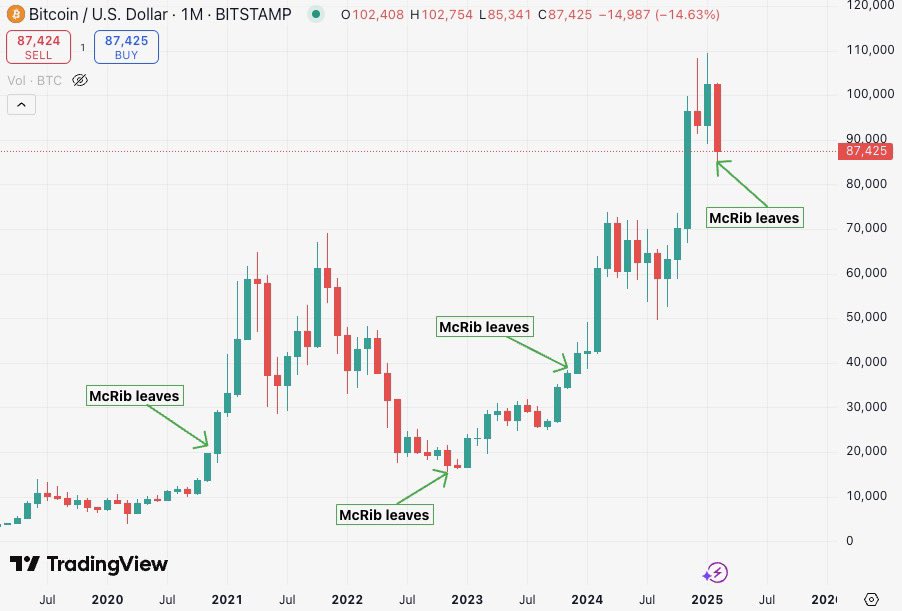



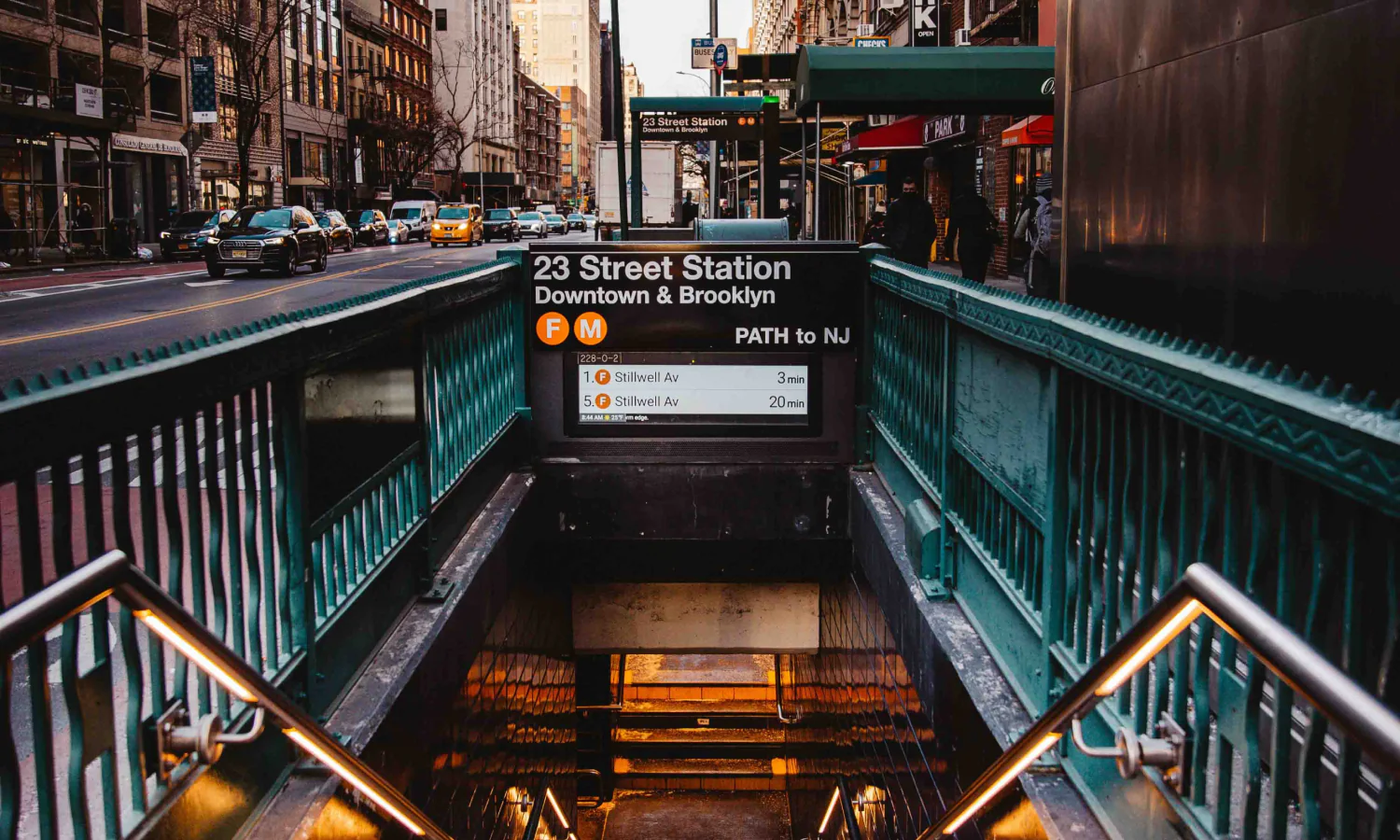
Enter your email address below and subscribe to our newsletter
Stay On Top
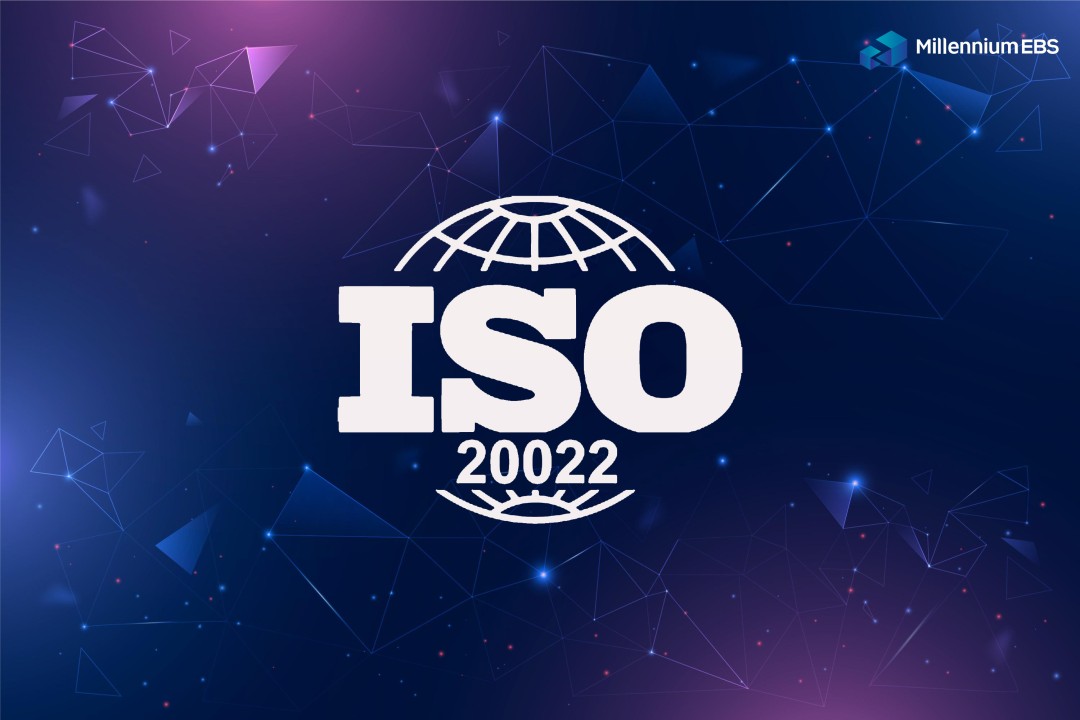
Overview
ISO 20022 is an international standard for financial messaging, developed by the International Organization for Standardization (ISO) to create a unified framework for electronic data exchange between financial institutions. Initially designed for traditional finance, this standard is now making waves in the cryptocurrency world by enhancing interoperability, transparency, and efficiency. As global financial systems transition to ISO 20022—expected to be fully implemented by November 2025—cryptocurrencies that align with this standard are positioning themselves as vital links between decentralized digital assets and centralized financial networks. These “ISO 20022 coins” leverage structured messaging protocols to integrate seamlessly with banking systems, payment networks, and emerging central bank digital currencies (CBDCs), promising faster, more secure, and cost-effective transactions.
Real-World Application
ISO 20022-compliant cryptocurrencies are not just theoretical constructs; they offer tangible benefits in real-world financial scenarios. By adhering to a globally recognized messaging standard, these coins enable smoother integration with traditional banking infrastructure, facilitating cross-border payments, trade finance, and institutional adoption. For instance, they can serve as bridge currencies for instant liquidity in international transfers, reducing the time and cost associated with legacy systems like SWIFT. In trade finance, they streamline processes by tokenizing real-world assets, enhancing transparency and efficiency. Additionally, their compatibility with CBDCs positions them for potential use in government-backed digital payment systems. This convergence of crypto and traditional finance fosters greater trust among regulators and institutions, paving the way for mainstream adoption and reducing friction in global transactions.
Bulleted List of ISO 20022 Coins
Use Cases and Advantages for Each Coin
Conclusion
ISO 20022 coins represent a pivotal evolution in the cryptocurrency landscape, merging the innovative potential of blockchain with the structured reliability of traditional finance. As the world moves toward a standardized financial messaging system, these coins are well-positioned to drive efficiency, interoperability, and trust in global transactions. From facilitating instant cross-border payments to revolutionizing trade finance and IoT economies, their practical applications underscore their value in real-world scenarios. While the crypto market remains volatile, the strategic alignment of XRP, XLM, XDC, ALGO, QNT, HBAR, MIOTA, and ADA with ISO 20022 signals a promising future, potentially accelerating mainstream acceptance and reshaping the financial ecosystem by 2025 and beyond. For investors and institutions alike, these coins offer a compelling blend of innovation and practicality, making them worth watching as the digital economy matures.